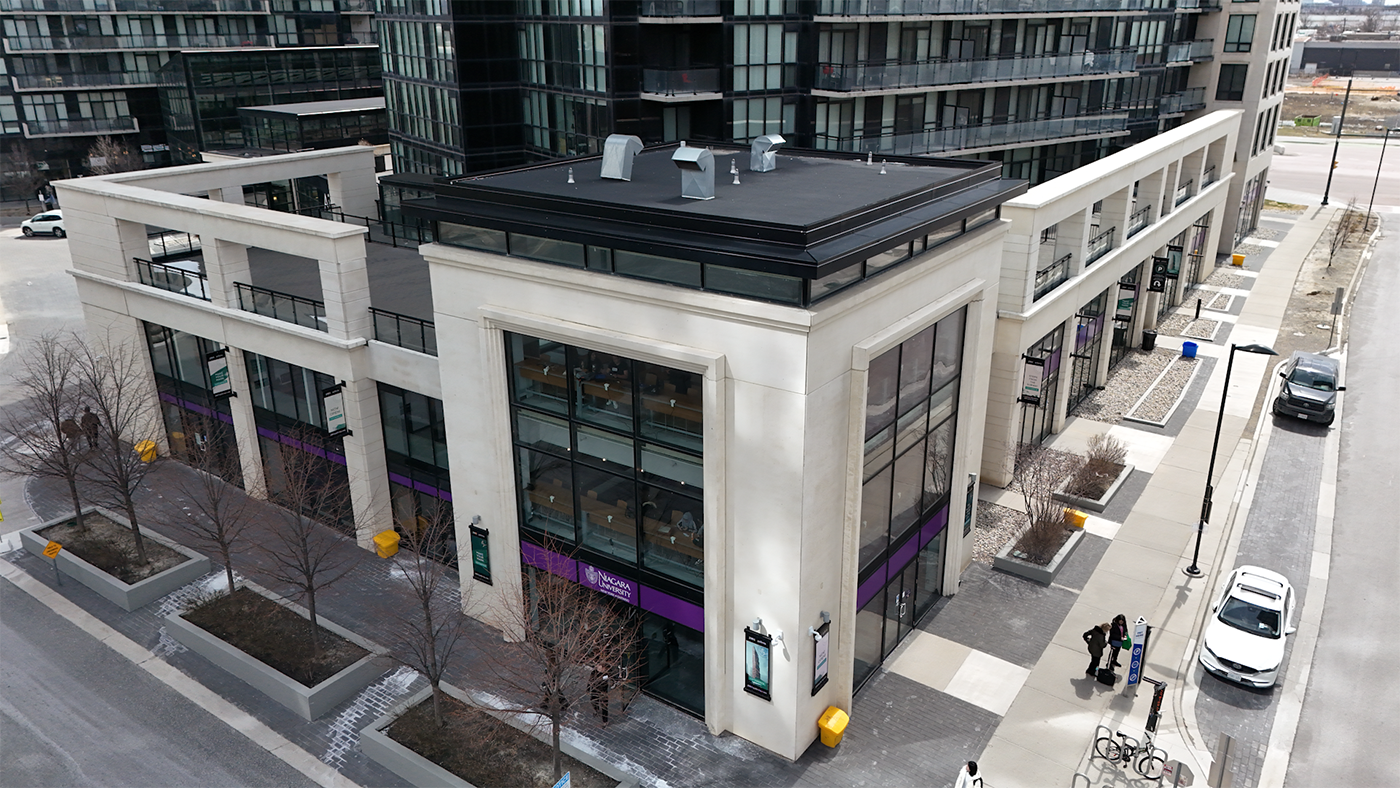Founded by the Vincentian Community in 1856, Niagara University is a private university with a strong, values-based mission delivered through the Catholic Intellectual tradition. Its four academic divisions include the Faculties of Arts and Sciences, Business Administration, Education, and Hospitality and Tourism Management. With its main campus located on the Niagara River overlooking the Province of Ontario, Canada, the university is located at the northern limits of the City of Niagara Falls, N.Y., about four miles from the world-famous cataracts. More than 4,200 students are enrolled in its undergraduate and graduate programs.
Nov. 21, 1856, is generally regarded as the birthdate of Niagara University. On that day, six seminary students, accompanied by two faculty members, moved from the residence of the Most Rev. John Timon, C.M., the first bishop of the Diocese of Buffalo, into a vacated orphan home for boys on Best Street in Buffalo. The six-acre site, however, was less than ideal, and so the two Vincentian faculty members, Fathers John J. Lynch and John Monaghan, immediately began a search for a more ideal setting for the seminary.

